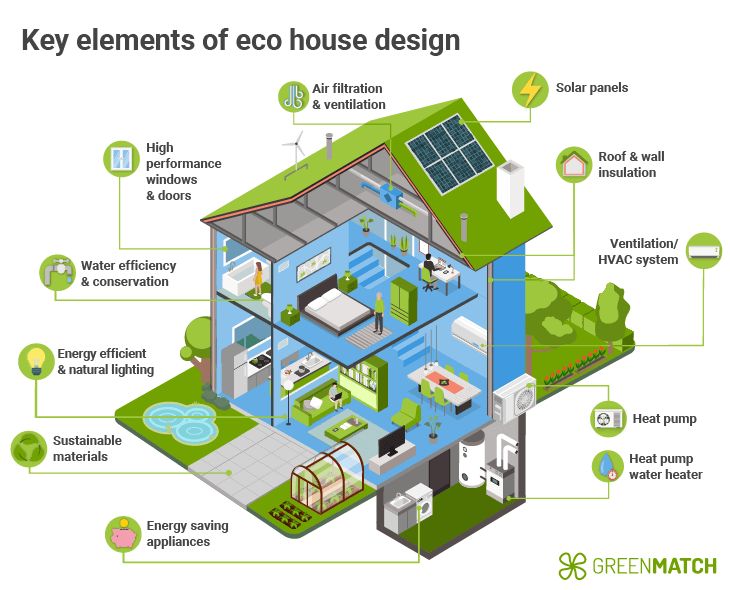
Sustainable Housing: How Ugavilla is Pioneering Eco-Friendly Solutions
Introduction:
In the fight against climate change, the Ugavilla Development Company is taking a stand by integrating sustainable practices into its housing projects. The Ugavilla Public Sector Housing Development Project exemplifies how innovation and environmental responsibility can coexist, all while addressing the pressing housing needs of public servants in Uganda.
Why Sustainability Matters:
Sustainable building practices are essential not only for environmental protection but also for creating healthier living environments. The Ugavilla project aims to mitigate its ecological footprint while providing quality housing. By choosing sustainable construction methods, the project exemplifies a commitment to the health of the planet and its people.
Utilizing Local Materials:
One of the standout features of the Ugavilla initiative is its commitment to using locally sourced materials. By sourcing construction materials from Ugandan suppliers, Ugavilla reduces transportation emissions and stimulates the local economy. Materials such as bricks from Uganda Clays and cement from Hima Cement are not only environmentally friendly but also culturally relevant to the community.
Energy Efficiency Features:
Each housing unit will be designed with energy efficiency in mind, incorporating elements such as:
- Passive Solar Design: Maximizing natural light and ventilation minimizes energy consumption.
- Energy-Efficient Fixtures: Installing LED lighting and energy-saving appliances significantly reduces utility costs for residents.
- Renewable Energy Integration: Housing units will be equipped to facilitate the installation of solar panels, allowing families to harness the power of renewable energy.
Water Conservation Measures:
Water conservation is a critical component of sustainable living. The Ugavilla project plans to include systems for rainwater harvesting, enabling residents to collect and utilize natural resources efficiently. Low-flow plumbing fixtures will further minimize water usage, promoting responsible consumption and reducing the burden on local water supply systems.
Conclusion:
The Ugavilla Public Sector Housing Development Project stands as a testament to what can be achieved when sustainability is prioritized in infrastructure development. It empowers future residents to live in homes that not only respect the environment but also contribute positively to their communities.
Call to Action:
What sustainable practices do you believe are most impactful in construction? Let’s start a conversation about environmentally friendly solutions by sharing your ideas in the comments!